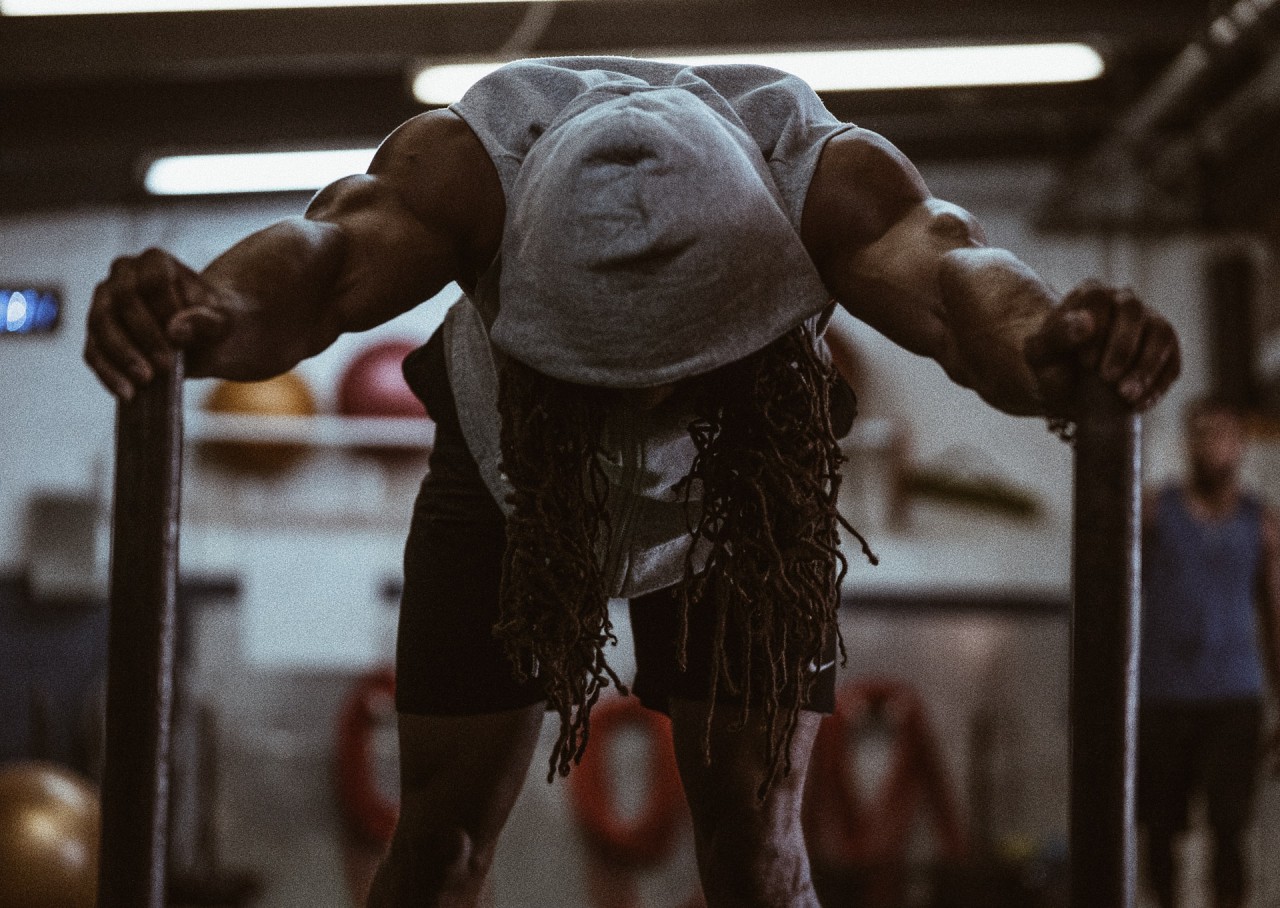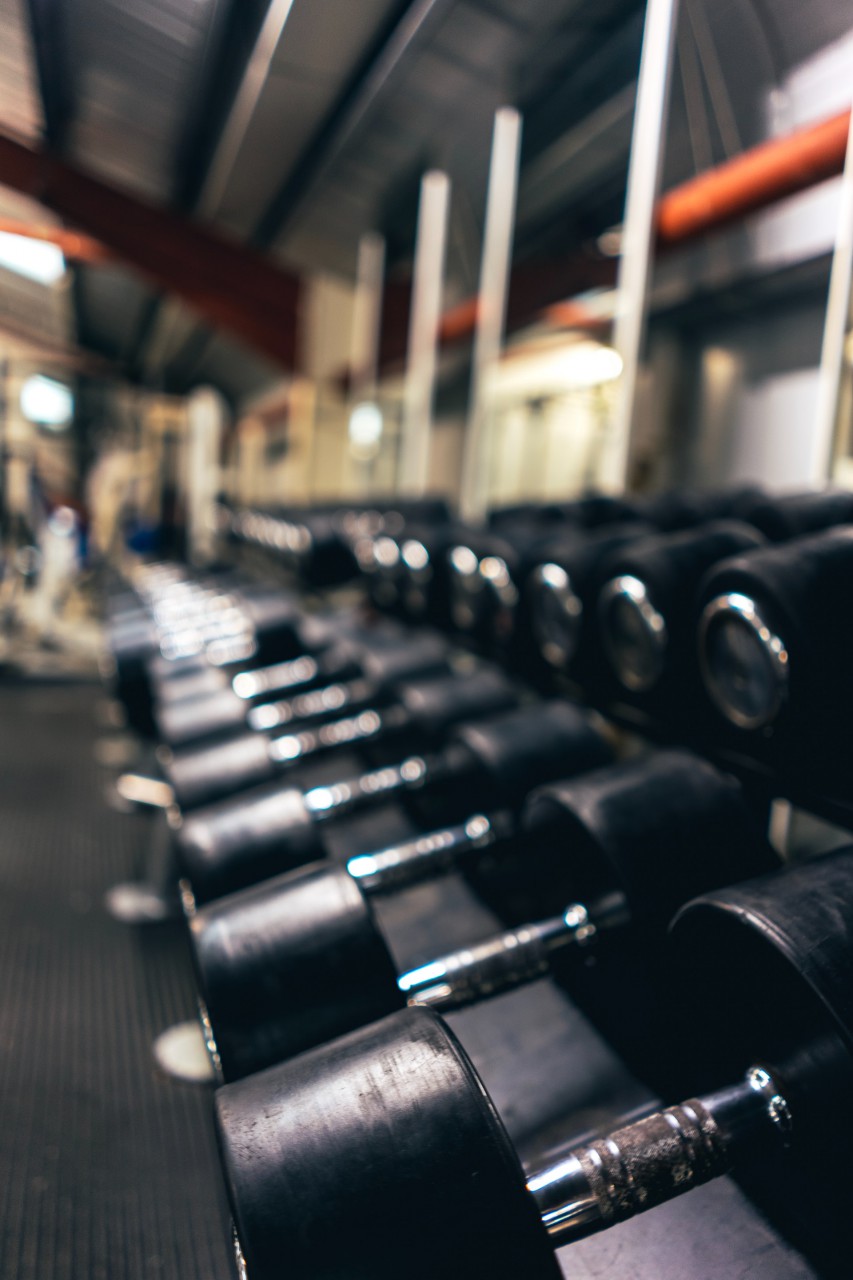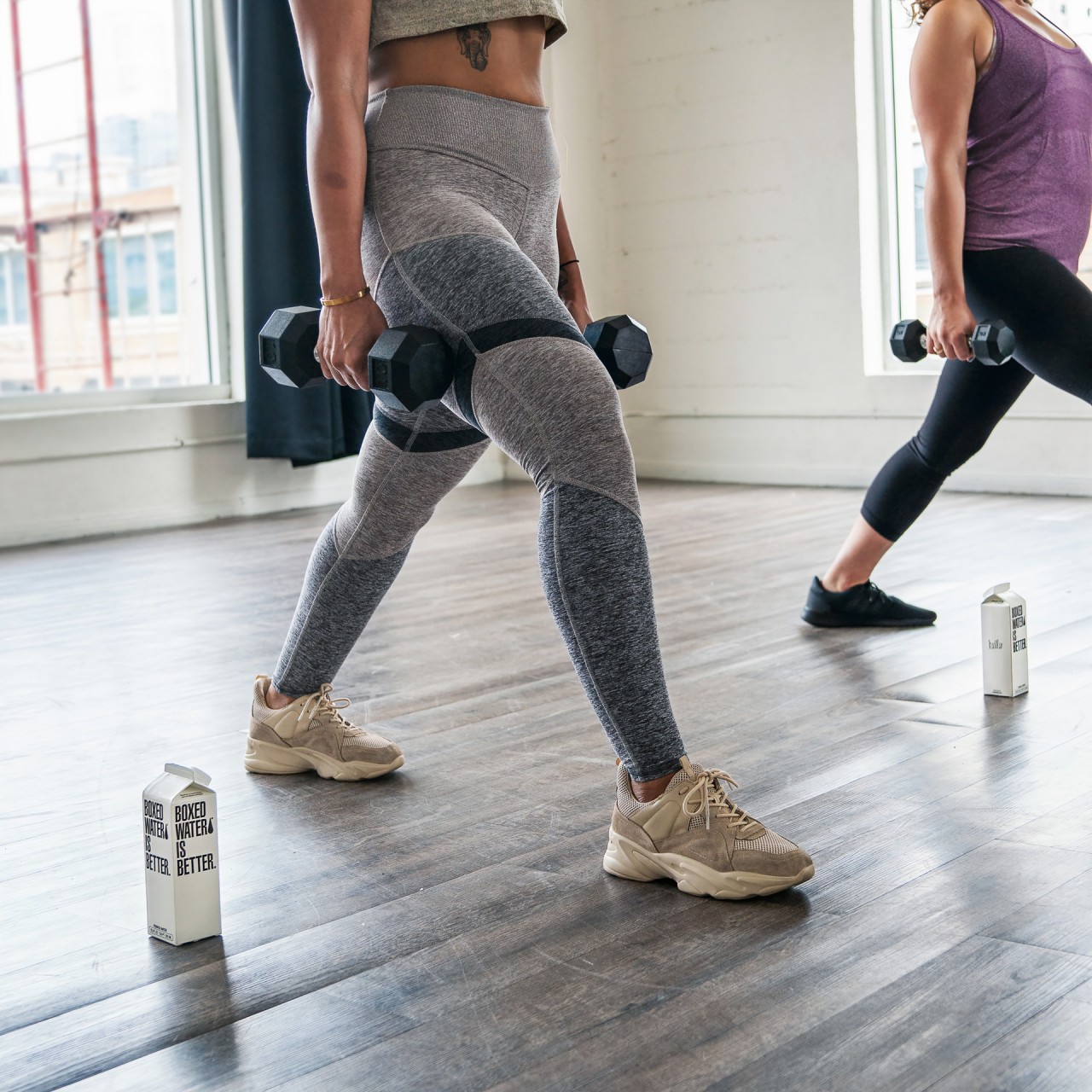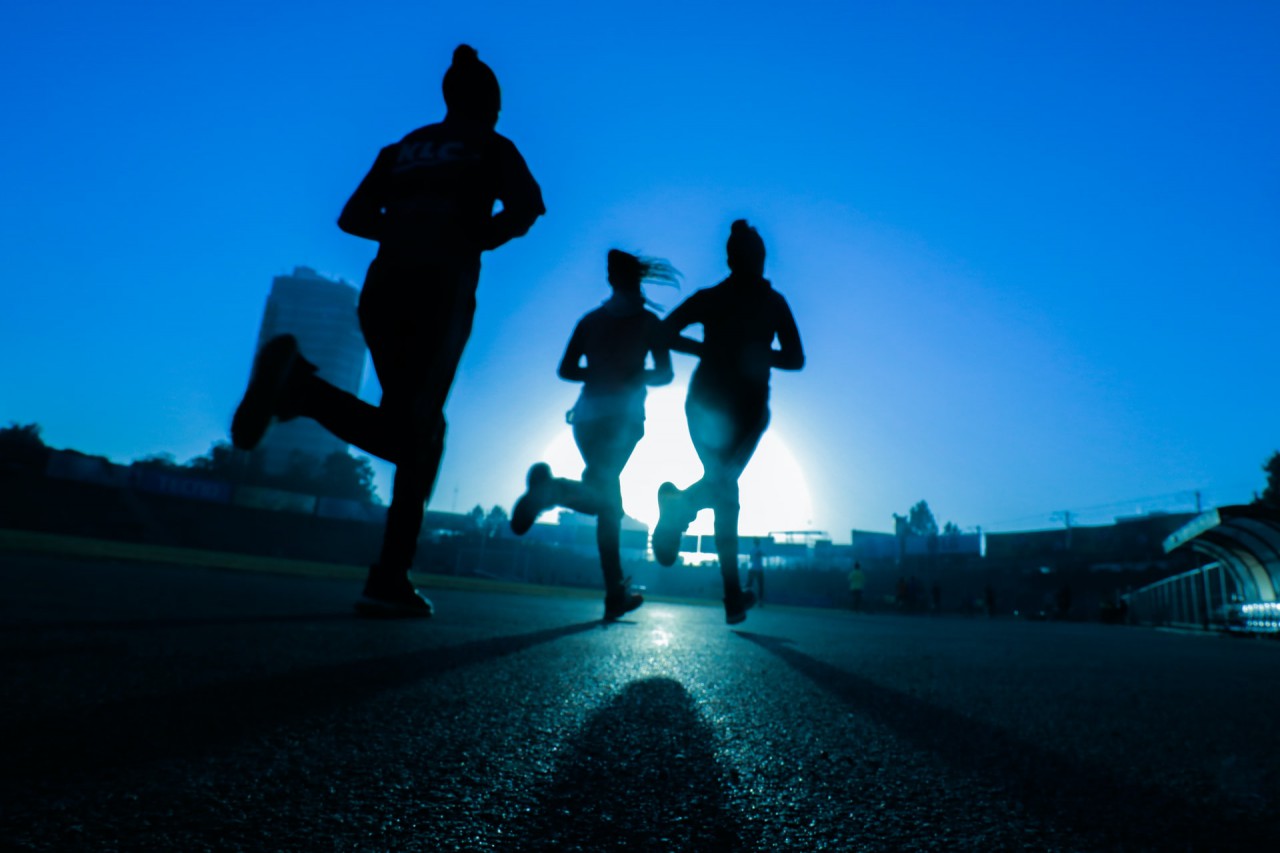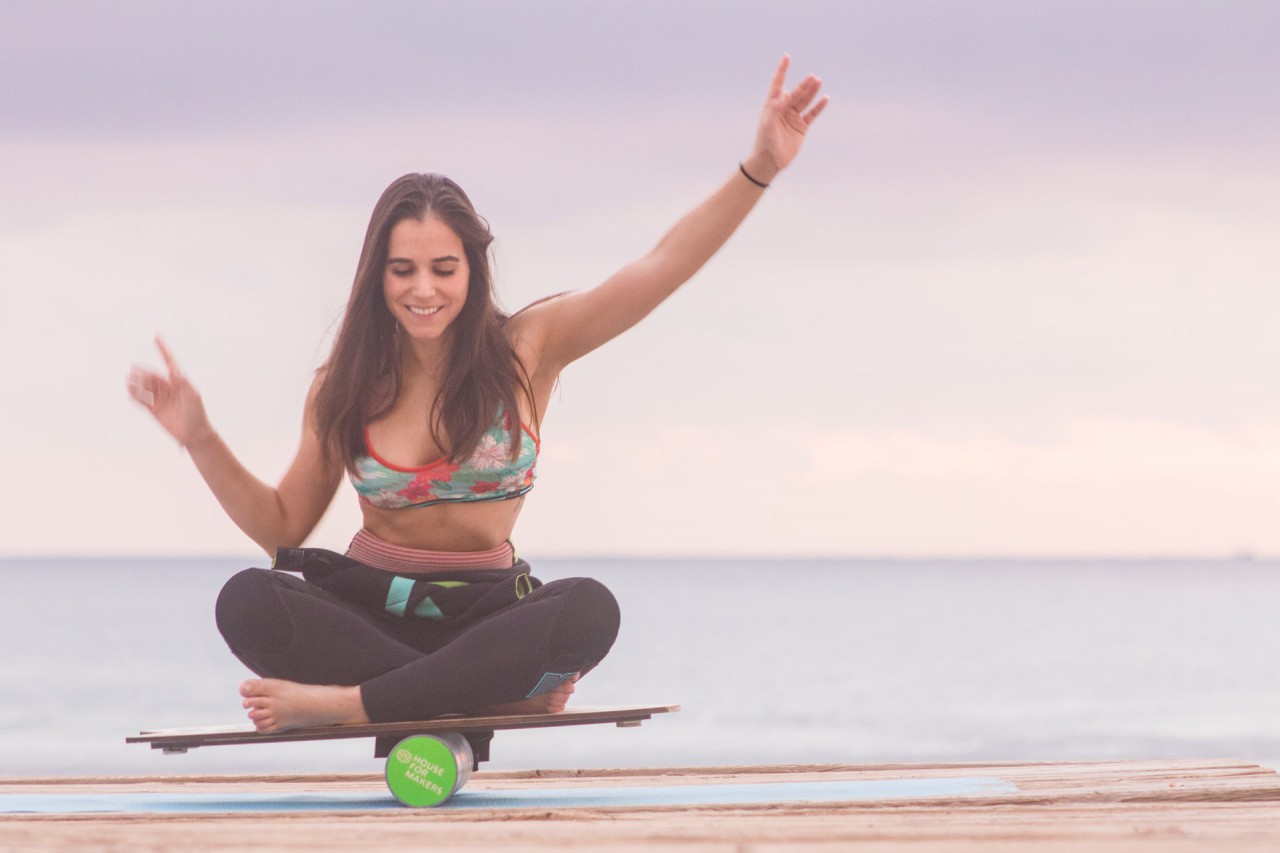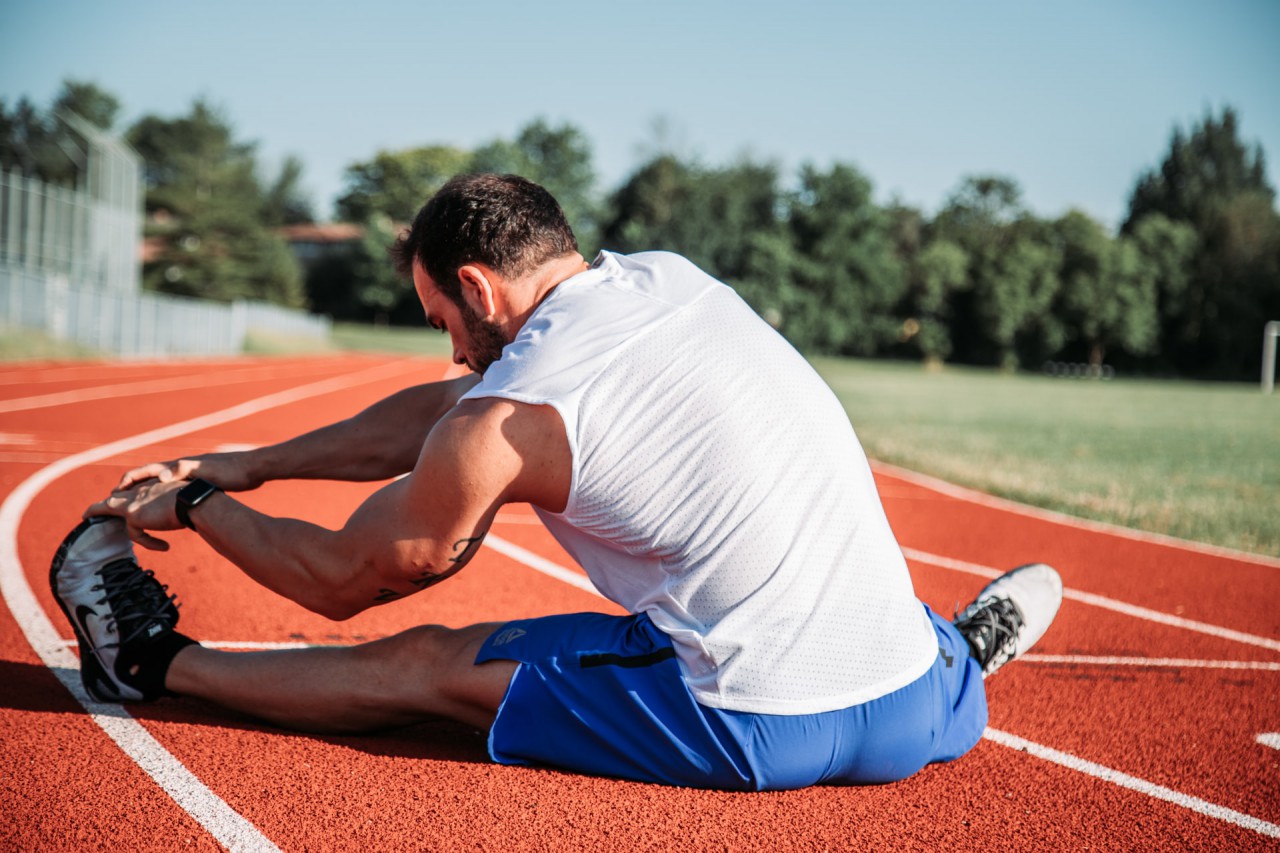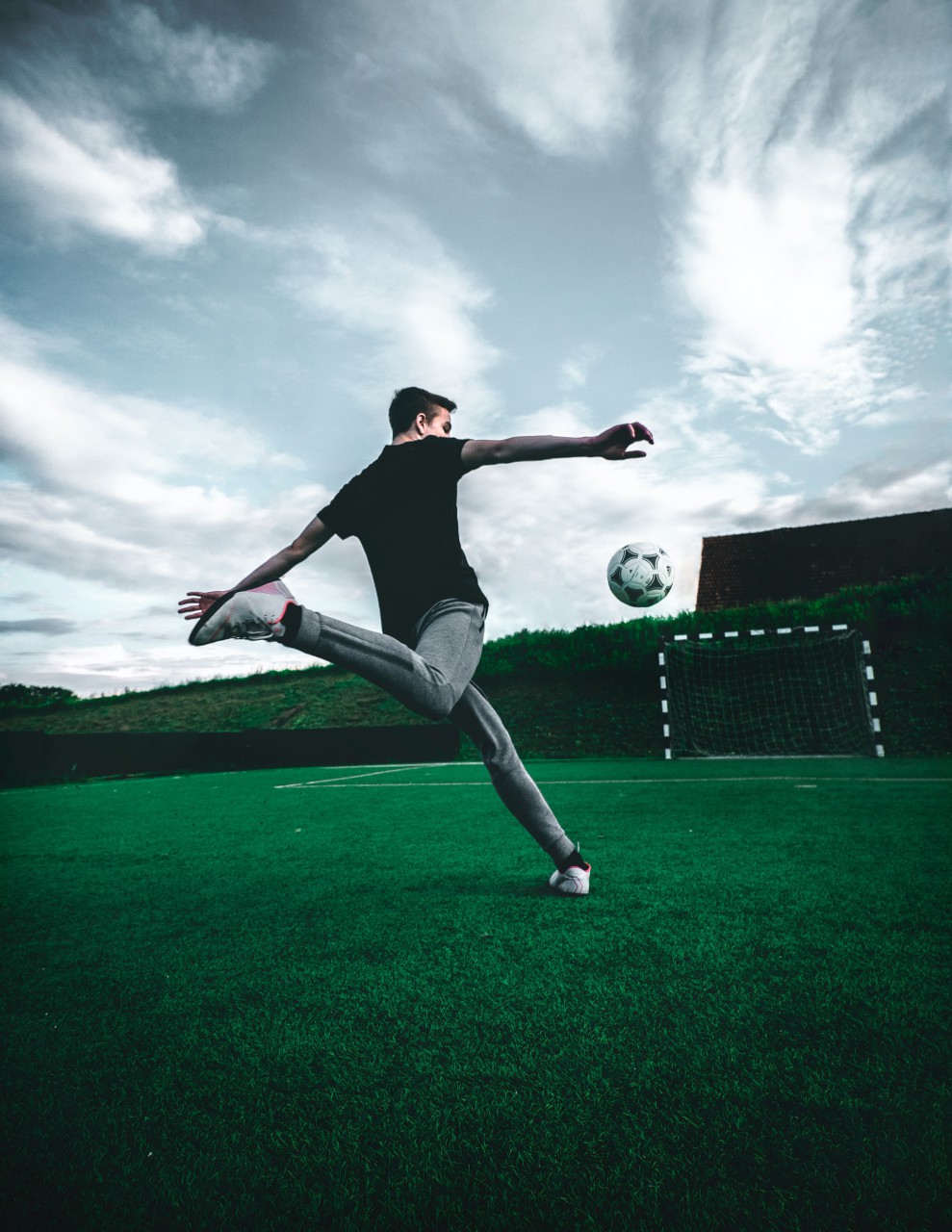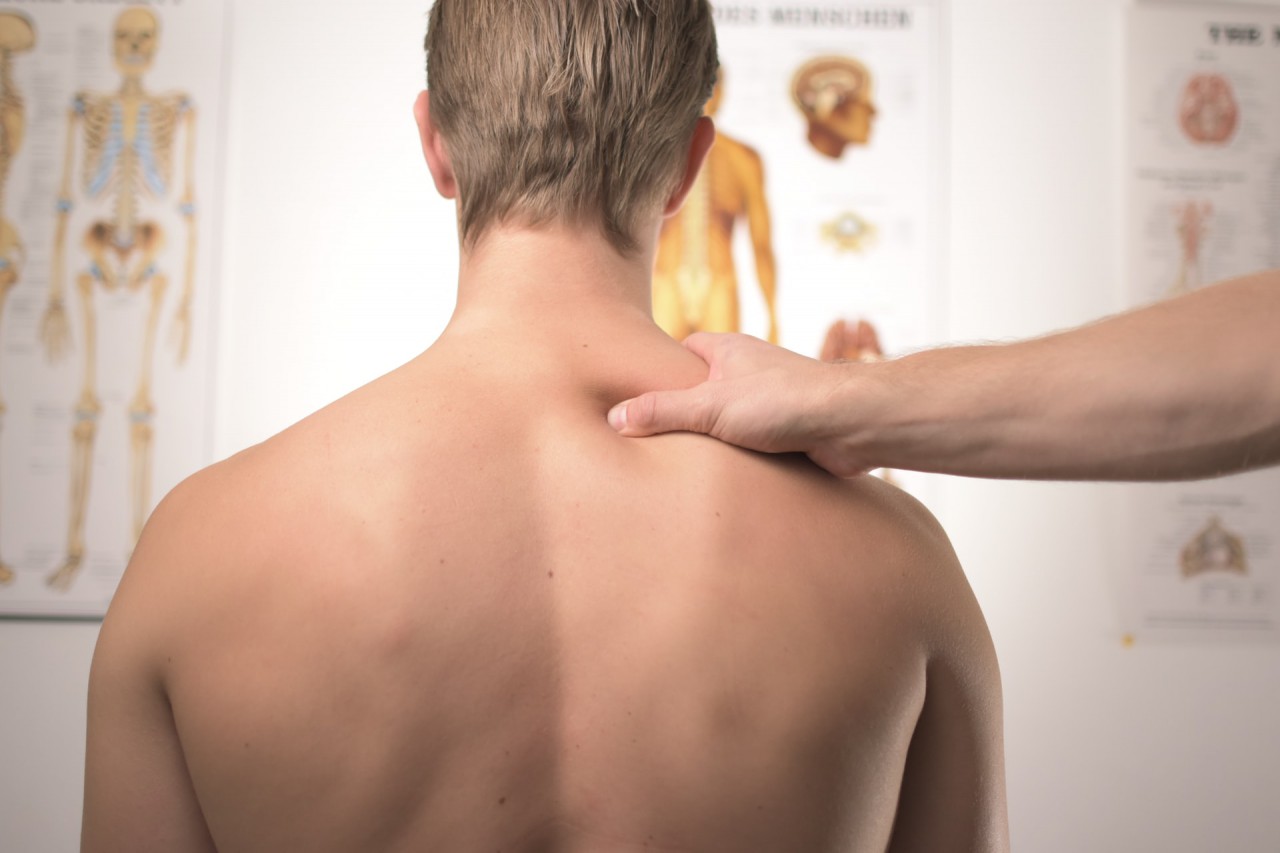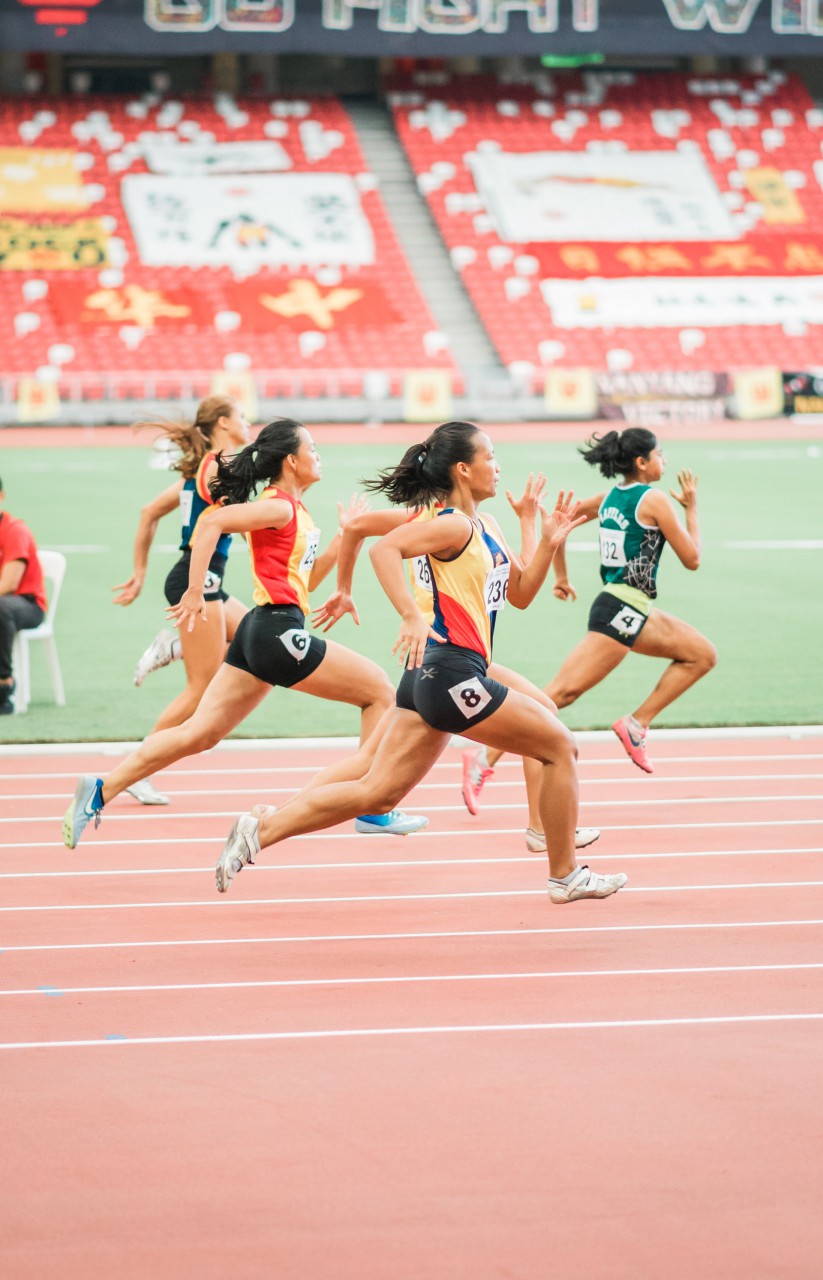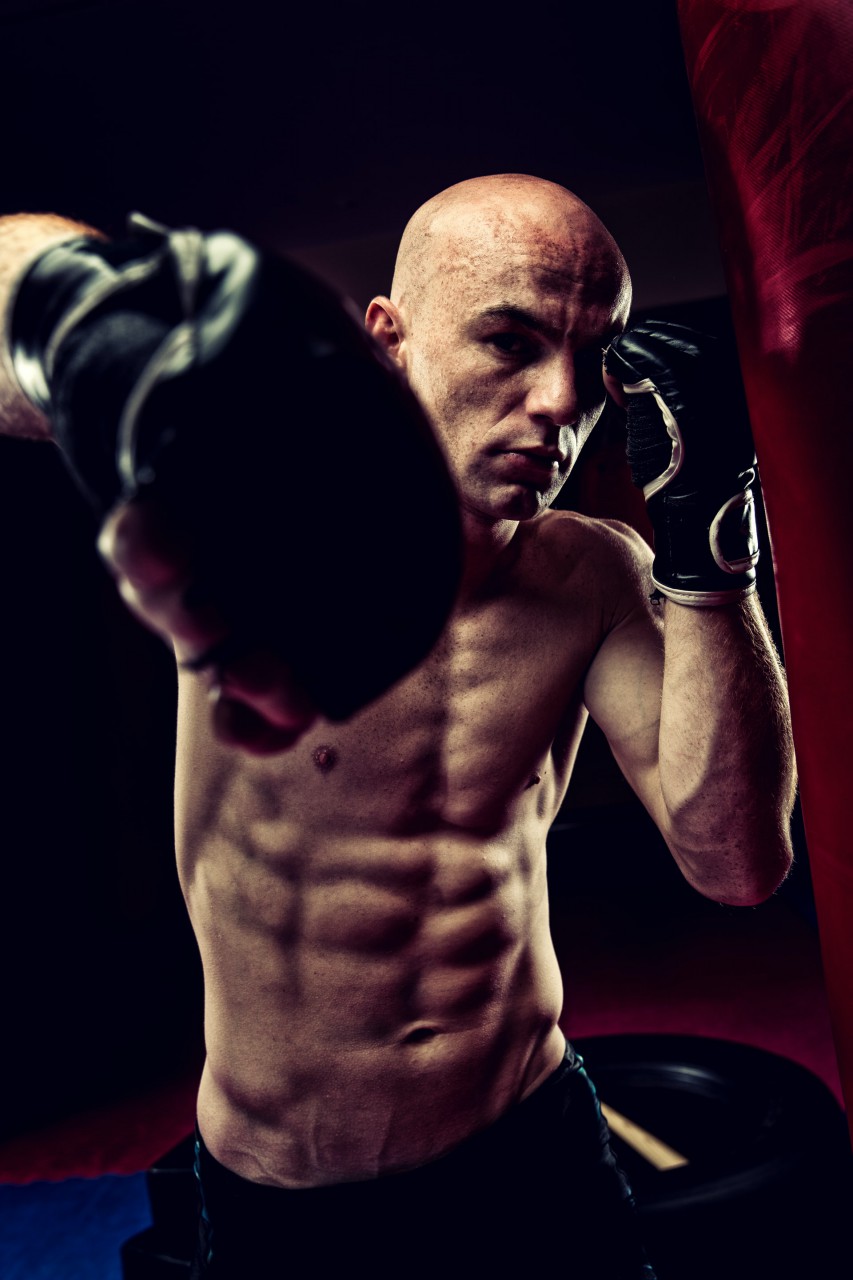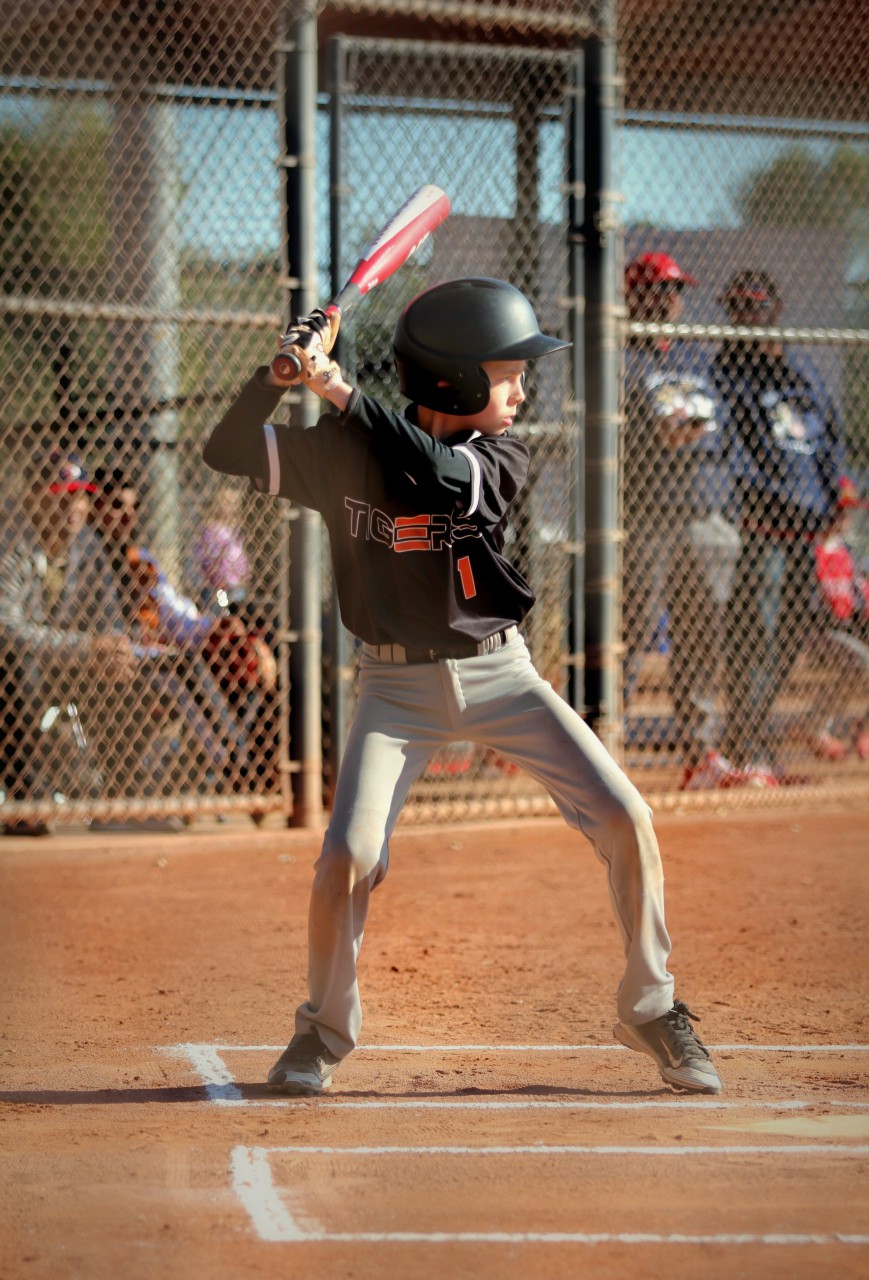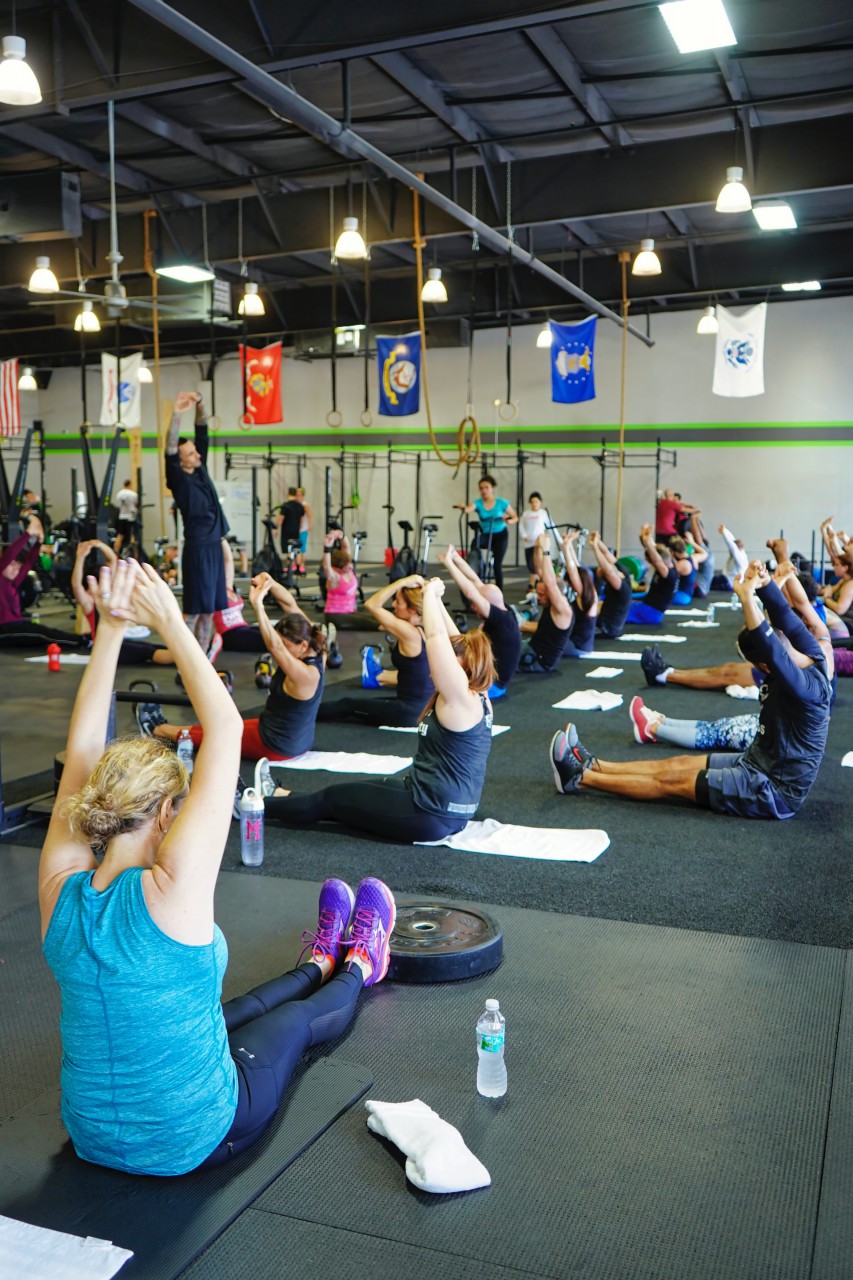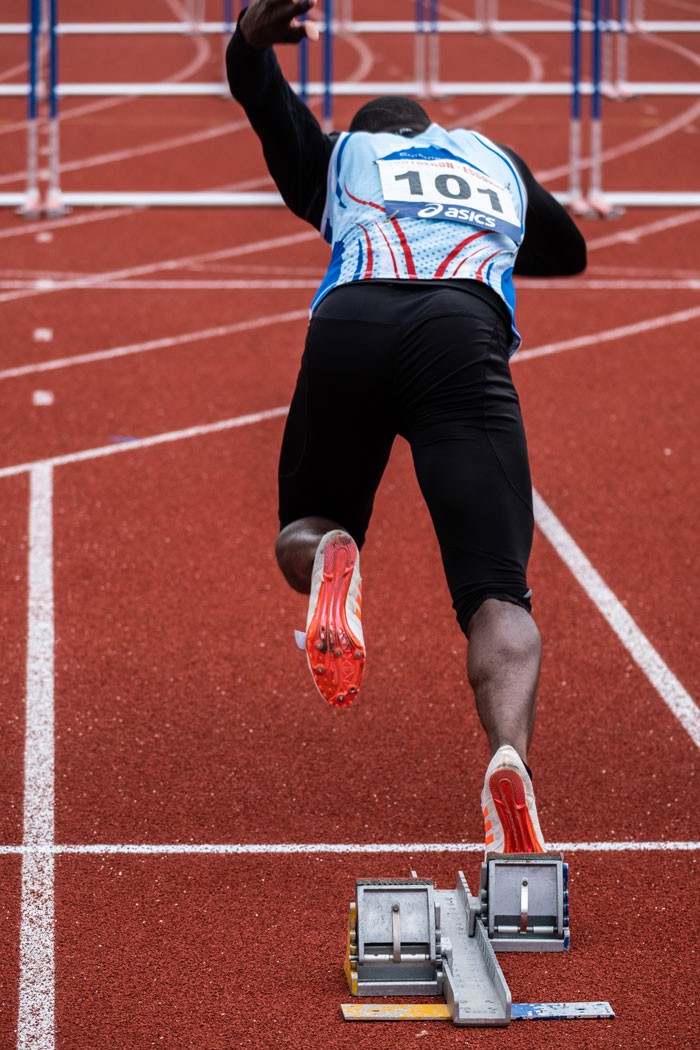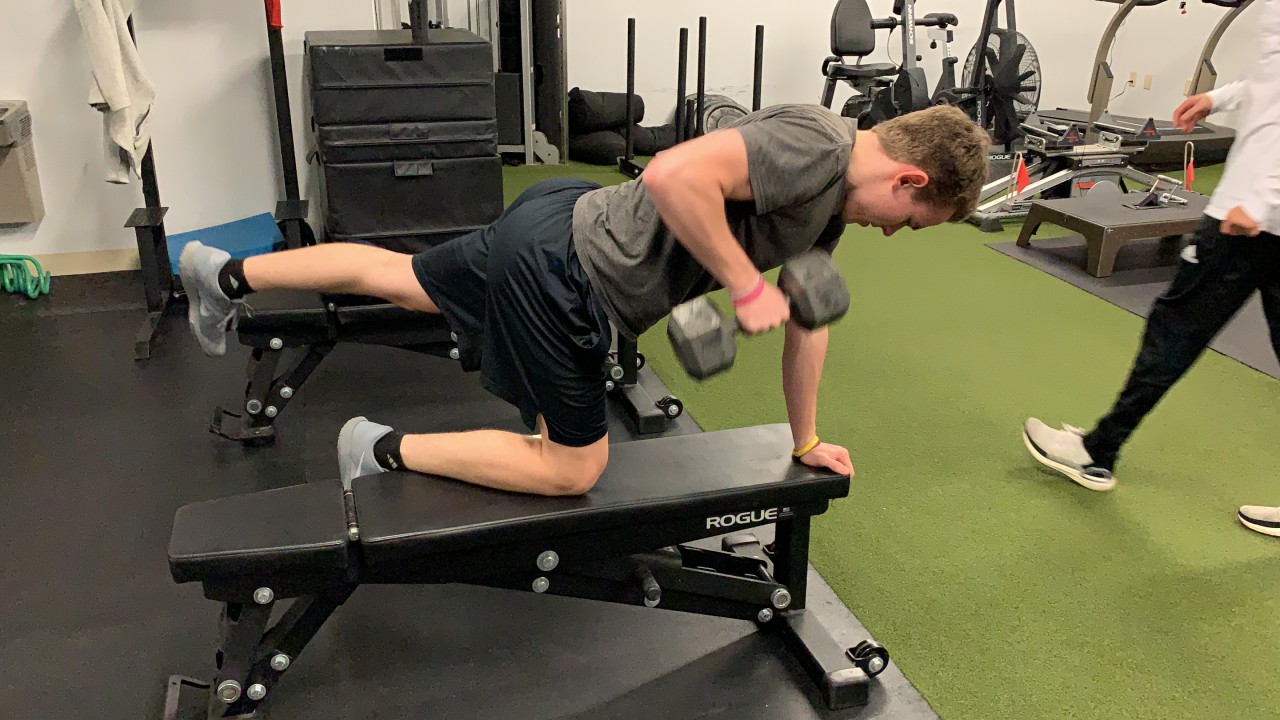There seems to be a growing number of programs and trainers touting how they offer 'pain-free training' and that anything less than what they offer is simply inferior by design.Any intelligent trainer, coach, or therapist will acknowledge the value of proper training to ensure no serious orthopedic issues develop. No one wants their clients becomin...
EXERCISE HACKS EP. 18 - OFFSET KETTLEBELL SERRATUS BENCH PRESS
This exercise is a hybrid of the bottoms up kettlebell (KB) serratus press and the McGill one arm bench press. The bottoms up KB serratus press is often performed on the floor or on a foam roller. The problem is the floor will impede natural scapular motion and the foam roller is frankly awkward and uncomfortable. We want to enhance muscular activa...
The Best Hip Exercise You're Not Doing
Introducting the Best Hip Exercise You're Not Doing - Half Kneeling to Heel SittingFor all you glute and booty fanatics, nothing beats properly performed squats, deadlifts, lunges, and RDLs for glutes that not only look great but work even better.Problem is most people don't perform the big exercises well and therefore resort to ways to "activate" ...
Trigger Points: A Good Thing in a Poorly Functioning System
"Trigger points are a good thing in a poorly functioning system." - Brett Winchester, DC One of my favorite quotes I've heard. Period.Identification and treatment of muscular trigger points is often a common therapeutic intervention of physical therapists, massage therapists, chiropractors, and other physical medicine providers. There's an en...
Advanced Balance & Coordination Exercises
Sensory Motor TrainingSMT is a targeted approach to training the proprioceptive system and it's pathways involved with the control of equilibrium and posture.SMT is used to train the upright posture of the body with the emphasis placed on ideal posture during dynamic stability.Benefits of SMT:1️⃣ Increases speed of activation of muscle2️⃣ Improves ...
Active Stretch Routine for Improve Flexibility & Posture
Use active stretches to improve muscular flexibility, joint range of motion, and posture. These stretches and exercises can be incorporated into your warm-up routine, as an active recovery method, or used on a regular basis to improve the way you move and feel.When compared to traditional static stretching, active stretches carry a number of benefi...
How The Nervous System Unlocks Performance
The gateway to change in the body is the sensory system.The balance of excitatory and inhibitory signals coming from our body's sensory system influences the level of performance of the human body. And this balance of stimuli is always under the control of the brain/central nervous system (CNS).Be it a chiropractic adjustment, massage or manual the...
Chiropractors - More than "Back Doctors"
"I thought chiropractors only treated backs." This is one of the most common statements we hear in our office. Considering chiropractic is rooted in the treatment of the spine and that the majority of chiropractors treat spine-related conditions, this line of thinking is naturally expected. However, at Gallagher Performance we do things differently...
Eliminate Foot Pain & Improve Running Efficiency
This one is for those dealing with foot pain, calf pain, Achilles tendinitis, plantar fasciitis, or maybe your running/sprint form needs a ground-up makeover. Whether it's pain or performance issues residing in the lower body, if the foot isn't working properly, the hip can't do its job properly.Most people get too nervous about pronation of the fo...
MMA Neck Rehab & Strengthening
Neck pain can be quite common in MMA, grappling sports, and wresting. A big reason can be simply over reliance on the neck and inefficiency of the extensor system and trunk stabilizers.Once an athlete learns to improve how their body works as a system, tissue and joint stress reduce and performance efficiency will be almost immediately noticed. Esp...
Common Mistakes in Developing Young Athletes
When it comes to the understanding of various training methods utilized in the development of athletes across the globe, you don't have to be a rocket scientist to take notice that the majority of the research has been obtained from the study of elite level athletes. That's not by mistake. Elite level athletes are ideal research subjects because of...
Stretching Won't Solve Your Tight Muscles
What you need to know: Many healthcare providers and trainers poorly understand why someone 'feels tight'. Dealing with muscle tightness is not as simple as just stretching.
Why Muscles Become Tight
The human body is designed to move and movement requires varying amounts of stability and motion. When movement occurs, patterns of stability and motion can occur in efficient or inefficient ways. As structures accommodate movement, the load placed on everything from joints to muscles and tendons to nerves changes and these changes can produce symptoms. In the process of wanting to avoid symptoms, the body will often develop compensation patterns. A common result of this compensation process is the feeling of being 'tight' or 'tension'. This tension serves a protective role, thus it is referred to as protective tension.
The development of protective tension and the reason behind its presentation is one of the least understood mechanisms in musculoskeletal care. The body is smart enough to constantly monitor loads and prevent excessive load of any given structure to ultimately help prevent injury. If you are feeling 'tight', there is a reason and your body is sending you a signal. However, many people will ignore this signal until more pressing issues develop, such as pain. So how does one handle a muscle that 'feels tight'? Unfortunately, the solution is not as simple as just stretching. Stretching often provides temporary relief because of underlying joint dysfunction, stability and/or mobility deficits, or muscular weaknesses that need addressed.
Drop the Confusion, Athletes Need Consistency for Efficiency
What you need to know: Neural efficiency is the key to becoming a better athlete, this is known as athletic mastery.Mastery requires time, intelligent programming, hard work, and dedication to consistency. Consistency Matters The primary goal of any athletic and strength development program should be neural efficiency. Fact of the matter is t...
The Functional Approach in Rehab & Sports Therapy
FUNCTION IS AS REAL AS ANATOMY The way our body functions is as real as our anatomy. There are some that like to act or state that "function" or "functional training" are fitness industry buzz words. They make light of the concept. And rightly so, as most of what is labeled as "functional training" has very little to do w...
Single-Leg Hip Thrust Technique Fix
[embed]https://www.youtube.com/watch?v=pmkt-yv3JZ0[/embed]
Nothing beats properly performed squats, deadlifts, lunges, and RDLs for glutes that not only look great but work even better. Proper glute function is critical to hip extension that is prevalent in every day life (walking, sit to stand, hip hinge, lifting) as well as sport (running, sprinting, throwing, jumping, skating) Problem is most people don’t perform the big exercises well and therefore resort to ways to “activate” or better “isolate” glute function. This is why hip thrusts exist. They have their place when used with a plan and purpose. The single leg hip thrust is an advanced progression that is often performed incorrectly. The biggest mistake being the unleveling of the hips that can occur during the movement. By using the external cue of a tennis ball, we can promote better technique that results in improved muscular coordination of the glutes and core. This translates into more efficient movement mechanics, not only in this exercise, but in life and sport as well. Hopefully the video explains the set-up and execution well enough for you to give it a try.
For more related reading:
https://gallagherperformance.com/resetting-bodys-function-post-injury/
https://gallagherperformance.com/dns-solves-pain-improves-performance/
https://gallagherperformance.com/the-essentials-of-hamstring-rehab/
https://gallagherperformance.com/the-best-exercise/
Pain-Free Training Is A Myth
There seems to be a growing number of programs and trainers touting how they offer ‘pain-free training’ and that anything less than what they offer is simply inferior by design.
Any intelligent trainer, coach, or therapist will acknowledge the value of proper training to ensure no serious orthopedic issues develop. No one wants their clients becoming pain patients. Proper training is multi-faceted from proper form to proper exercise selection to proper volume and loading parameters. These are a given. These are essential to ensuring we minimize injury risk and improve tissue resilience.
However the reality is if you are going to push your body to new levels of performance, you are going to feel it. It’s going to be uncomfortable. It’s going to hurt at times. If you aren’t looking to better yourself, why are you even training in the first place? Essentially at the heart of training is pushing your body to a place it’s never been before. There aren’t many people out there who have pushed their bodies in training who haven’t ended up ‘feeling it’ in the form of soreness, physical discomfort, and yes - at times - pain.
By all means, yes, we shouldn’t train recklessly. We should be practical and intelligent in our execution of a training plan. But we also shouldn’t be alarmed and fear we are doing something terribly wrong when we deal with discomfort, aches and pains. It comes with the territory of pushing our bodies to new levels of fitness or performance. This is why recovery methods and seeking out qualified professional care from sports/rehab chiropractors, massage therapists, and physical therapists can do wonders for helping our bodies better manage the stress of training. ——
No one wants to be in pain, but push yourself hard enough for long enough, you’ll feel it. We need to understand better pain education, how to be more realistic with training expectations, and how to manage the stress of our bodies to avoid serious pain or orthopedic problems.
For more related reading:
https://gallagherperformance.com/the-site-of-pain-is-rarely-the-source-of-pain/
https://gallagherperformance.com/15-minutes-of-exercise-or-8-hours-of-pain/
https://gallagherperformance.com/groin-pain-rehabilitation/
https://gallagherperformance.com/pain-indicates-a-health-problem-not-a-fitness-problem/
Clinically Pressed Ep. 59 - Hockey Training
Dr. Sean Gallagher is a former high level hockey player that has turned into a hockey training and treatment guru. His experience of playing at the highest levels along with a full academic career in chiropractic school have brought him a unique perspective on how to approach training hockey players.
This episode we get further into hockey training and what all goes into it. The planning for the year of training is difficult when it the playing season never ends. We also dive into the specific demands that the sport places on the body and the unique ways that you have to approach exercises without forgetting to focus on injury prevention and resilience. If you play hockey at any level you want to listen to this episode.
This episode we get further into hockey training and what all goes into it. The planning for the year of training is difficult when it the playing season never ends. We also dive into the specific demands that the sport places on the body and the unique ways that you have to approach exercises without forgetting to focus on injury prevention and resilience. If you play hockey at any level you want to listen to this episode.
Sign up for our ‘Episode Email’ and get all CP Episodes Delivered right to you. Sign up at www.clinicallypressed.com
Podcast Notes:
Posture & Movement Require Brain Education
Our brain controls our posture and our muscles. Therefore posture and muscle tone (i.e. how tight or relaxed a muscle is) is an expression of the brain. We must pay attention to this expression and how it relates to movement.
A frequent cause of disturbance in our movement quality, why muscles get tight, why we display poor posture, and why we may have trigger points or pain is due to insufficient muscular stabilization of our spine.
Insufficiency is our stabilization system is exactly the reason why patients and athletes who have poor body awareness demonstrate poor ability to simply relaxation. Believe it or not, relaxation is easier said than done. If the brain doesn't know how to relax fully certain muscles, the low-grade state of contraction will keep muscles and surrounding joints under constant stress. This constant stress will ultimately lead to trigger points in muscles, dysfunctional movement patterns, and altered posture.
This is why specific exercise progressions that respect the developmental aspects of posture and movement are so critical. Exercise should not only address muscle function, but it must also address brain control to change how our body functions.
"Brain Education" focuses on the efficiency of our postural and movement control to avoid overloading of specific tissues and joints while promoting muscular balance.
Movement and relaxation is a skill. It must be practice daily through purposeful exercise with complete awareness to the feeling of the movement. This is the gateway to change in the body. These changes are valuable to anyone who is simply looking to get out of pain or improve their athletic ability.
However, there are still those that challenge the notion that there is an “ideal” or “good” posture. They will have you believe that there is no such thing as “good” or “bad” posture. The reality is, when it comes down to determining what is “good” or “bad” posture can be simply summed up by saying….”It depends.”
What will dictate “good” or “bad” when it comes to form or posture will depend upon a number of variables specific to the individual. We can find efficient form and ideal posture that someone should respect and when they don’t, the result is excessive wear and tear on their joints and tissues, leading to pain and progression of degenerative changes.
Yes we need to be efficient in movement and have a vast movement capacity. Yes there is no single posture that we should maintain for an extended period of time, no matter how “good” it is.
But those notions go out the window when our body meets increasing external resistance to our movement or we are performing movement at increasing speeds.
What does that mean?
Yes, we should be able to flex our spines and perform a body weight squat with posterior pelvic tilt (aka the dreaded “butt wink”) and resultant lumbar spine flexion. Yes this would be considered normal healthy human motion. But that doesn’t mean that one should perform a loaded barbell squat with the same intent or form. This could be an injury waiting to happen. When increased load or speed of movement comes into the picture (ex. barbell squat), very specific considerations must be made to that individual on the form and posture they express during the squat pattern to maximize their muscular efficiency and minimize stress placed on the joints.
These are the same considerations that must be respected when it comes to rehab and the subsequent development of fitness/physical ability. According to McGill, this breaks down into two stages:
- Stabilization of the injury and reduction of pain by approaches that follow desensitization and healing.
- Development of strength and physical ability only begins when the first stage has been achieved.
Once pain is reduced, the development of specific fitness qualities can take center stage. This is when we address the complexity of the movement system. Panjabi established the importance of the passive, active, and neural systems for trunk/core stability and movement. Jull and Richardson found in voluntary movement, activity of the deep spinal muscles precedes activations of the superficial muscles (aka feed forward mechanism).
The integrated spinal stabilization system (ISSS) serves as the “feed forward stabilization mechanism”. The ISSS consists of the diaphragm, pelvic floor, all parts of the abdominal wall, short intersegmental spinal muscles, deep neck flexors, and serratus anterior. We know that these muscles essentially form the “deep core” that is so important to train for efficiency of posture and movement.
The ISSS required “Brain Education” to work optimally. There is no way around it. We must focus our attention and efforts to ensuring that no matter the task, we must rely of the ISSS if we are going to realize our movement potential, maintain healthy posture, and minimize joint pain.
Don’t fall into the trap of believing someone who says “good” or “bad” posture doesn’t exist. Again the answer is it all depends. Posture and the considerations we make regarding it are always specific to the individual and task at hand. Posture shouldn’t handled in a general approach. Most rehab, training programs and online instruction is handled in an over-generalized fashion. When people need specific, when they need individualized considerations. And that’s the best approach when it comes to helping one learn how to educate their body in regards to what’s best for their posture and movement.
For more related reading:
https://gallagherperformance.com/movement-that-enhances-performance-reduces-injury/
https://gallagherperformance.com/a-movement-screen-will-never-show-movement-habits/
https://gallagherperformance.com/low_back_pain_causes_and_treatment_recommendations/
https://gallagherperformance.com/chiropractic-rehab-dns-treatment/
https://gallagherperformance.com/a-solution-to-headaches/
https://gallagherperformance.com/finding-a-solution-to-your-shoulder-pain/
Chronic Disease is Bankrupting America
Yes it sounds extreme, but it could be our reality. If healthcare spending continues to increase at its current rate, It is estimated that by the year 2040 that 100% of the federal budget will go towards Medicare and Medicaid. That's 100% - meaning no money for anything else.
According to the latest CDC report, 1 in 2 American adults have a chronic disease and 1 in 4 have multiple chronic diseases. Roughly 40% of adults and 20% of adolescents are obese. 30% of children have a chronic disease, up from 13% in 1994. These numbers represent a massive burden to not only to our healthcare system, but our country.
We know that 100 million Americans are prediabetic or have Type 2 diabetes. That's 1/3 of the population. And 88% of people who are prediabetic don't know they are. Now consider the average cost of treating an individual with Type 2 diabetes is $14,000. When you do the math the numbers are staggering beyond belief - and it's only for diabetes!
There is no sustainable way to pay for the rising costs associated with the treatment of chronic disease. It's a major issue that needs to come to forefront of serious conversation with the realization of the personal responsibility we all need to assume in the prevention of these diseases.
Yes they are preventable and no the reason is not just your genetics. 85% of disease risk comes from behavioral and environmental factors while only 15% is related to genetic factors. Meaning the vast majority of chronic disease risk factors are under our control and there needs to be an emphasis on this point.
The solution must have a primary focus on prevention and reversal of disease rather than merely suppressing symptoms. We need to take control of our behaviors as they relate to our lifestyle choices. Choices such as getting adequate physical activity/exercise, nutrition, sleep, and stress management become the real medicine because they have THE biggest impact on our health. And there needs to be more personal responsibility assumed in these areas.
If you won't do it for yourself, do it for America.
For more related reading:
https://gallagherperformance.com/receiving-value-treatment-training/
https://gallagherperformance.com/stop-chasing-shortcuts/
Groin Pain Rehabilitation
[embed]https://www.youtube.com/watch?v=0gnAmWIjLCc[/embed]
Groin pain is a common complaint in athletes and active populations as well as a common source of frustration. What makes it so frustrating is the poor understanding of proper management because of the number complexities related to the true cause of groin pain.
15% of all injuries responsible for competition time lost in hockey players is due to groin pain from common conditions such as groin strain, femoral acetabular impingement (FAI), labral tears, and sports hernia.
Sports hernia is one of the most difficult causes of chronic groin pain to identify and manage. Sports hernia is a weakness and/or injury to the abdominal wall and supporting musculature which can result in groin pain. The difficulty in diagnosis lies the fact that most sports hernias do not produce a palpable hernia and are not seen on advanced medical imaging such as radiograph, ultrasound, MRI, or CT. Surgical exploration is generally the most excepted method in producing a definitive diagnosis of sports hernia after other potential sources of groin pain have been eliminated.
Diagnostic methods in determining the presence of sports hernia may include the identification of five classic signs and symptoms:
- Complaint of deep groin/lower abdominal pain,
- Exacerbation of pain with participation of sport activities that is relieved by rest,
- Tenderness with palpation of the pubic ramus,
- Pain with resisted hip adduction,
- Pain with resisted sit-up test
Surgical intervention has been shown to be an effective method, both in the short-term and long-term, for the management of sports hernia while little is understood about the long-term effects of conservative, non-surgical treatment of this condition.
Here we show a glimpse inside the rehabilitation of post-surgical sports hernia for one of our hockey athletes. Early rehabilitation focus on core control and stability with progressive demands of the extremities.
This model will be vital for proper progression through treatment and functional training prior to return to sport. Rehabilitation must address underlying functional deficits of the core and hips while building a foundation of movement control and awareness necessary for the future development of strength, speed, and power.
For more related reading:
https://gallagherperformance.com/exercise-hacks-ep-11-train-abdominal-slings-functional-core
https://gallagherperformance.com/training-maximize-athletic-potential/
https://gallagherperformance.com/low_back_pain_treatments_that_just_wont_help/
https://gallagherperformance.com/understanding-methods-application-training-rehab/
https://gallagherperformance.com/makes-sports-rehabilitation-chiropractor/
https://gallagherperformance.com/prevent-re-injury-integrated-training-rehabilitation/

